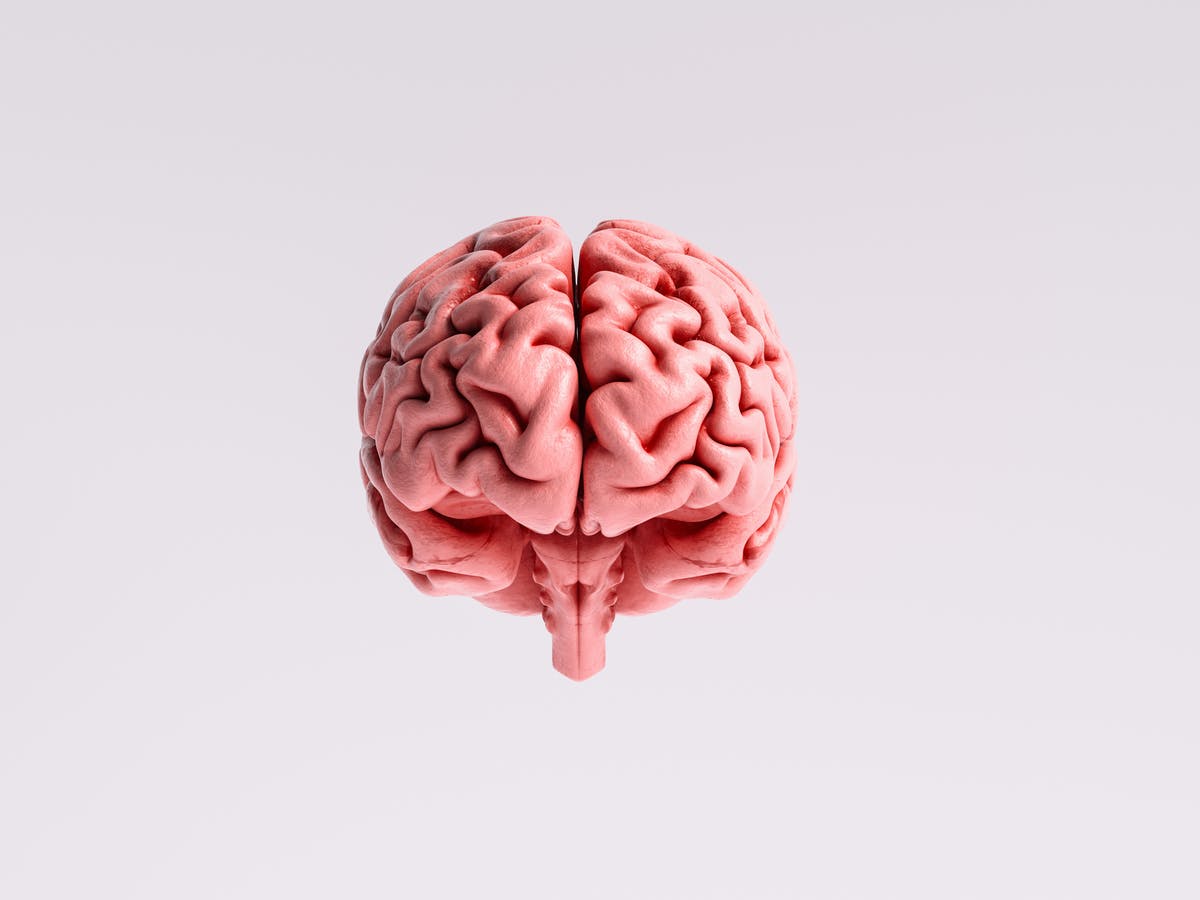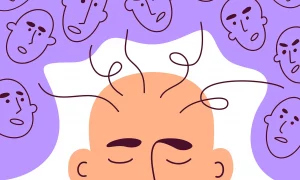Anatomy of the Human Brain

Anatomy of the Human Brain
Have you ever wondered what’s a brain made of? Or how does it function? You might be wondering now why that would be important.
Well, in fact, the brain is the most important organ in our bodies. Not only we need to take care of it as much as we can, but it is also important to understand how it functions. Brain is the home for all the different mental processes, AKA cognition, necessary for functioning in life. Without this organ one wouldn’t be able to hold a conversation, remember names, talk to people, understand music or do any of the hundreds of tasks people do in their everyday lives. In this article you’ll understand the anatomy of the brain, different parts of the brain and their functions. If you’re a person who likes to read about psychology or neurology, pay attention and remember this information because you might come across them in any psychology-related books, research or articles.
The brain is made up of billions of cells- called neurons. These neurons communicate with one another through synapses- a small gap at the end of neuron that allows signals to transmit to from one neuron to another, or from one neuron to a gland or a muscle cell. Your brain forms new connections and clears unused connections literally every second, this process is called “brain plasticity” or “neuroplasticity” and it is fundamental in understanding the brain.
ANATOMY OF THE BRAIN
The Cerebrum is divided into two hemispheres- right hemisphere and left hemisphere. It takes up the largest part of the brain, and it is where higher mental functions take place (e.g. thinking, planning, reasoning, etc.). Each hemisphere is divided into four regions- called lobes:

The Frontal Lobe is the centre of higher mental skills such as thinking, planning, decision making, concentration and problem solving. It is also responsible for movement and controlling voluntary muscles.
The Parietal Lobe processes sensory information (i.e. sensation of touch, temperature, pressure and pain from skin).
The Occipital Lobe enables us to process visual information and make sense of what we see.
The Temporal Lobe processes the sounds that come in through our ears. It also plays a role in retrieving memories and understanding language.

The Limbic System, located inside the temporal lobe, is the brain’s emotional centre and it comprises four structures: the amygdala, hippocampus, thalamus and hypothalamus.
The Cerebellum also known as the “little brain” as it is divided into two hemispheres and has a wrinkles surface just as the cerebrum. It pairs motor and sensory information to help us execute things like writing for example.
The Basal Ganglia is located inside the cerebrum. It consists of two clusters of neurons which regulate movement and signal your muscles to respond appropriately.

Brains remain plastic throughout our lifespans; however this ability declines with aging. This is why people find it challenging to master skills or language at an old age. A common misconception is that it’s not doable to acquire skills at an old age. In fact, it is possible to do this but it does take more time and effort than if acquired at a young age. Neuroplasticity in children is literally at its best, which explains why children master skills quickly and faster than adults. But don’t get frustrated; scientists believe that you can maintain your brain’s maximum plastic capacity for your age by engaging in activities—like exercise or cognitive tasks—that challenge your brain.
References
Watson, S. (2020), A Guide to Cognitive Fitness, Harvard Health Publishing, https://www.health.harvard.edu/mind-and-mood/a-guide-to-cognitive-fitness








